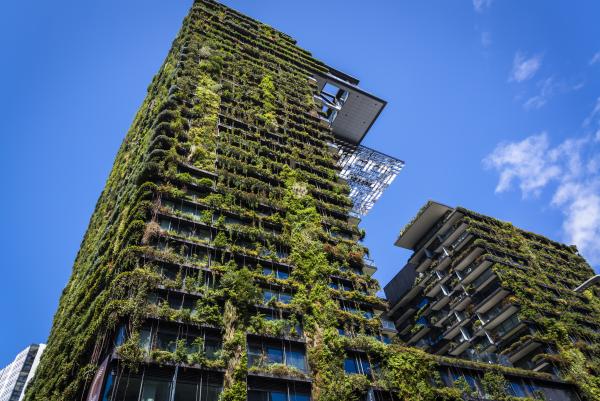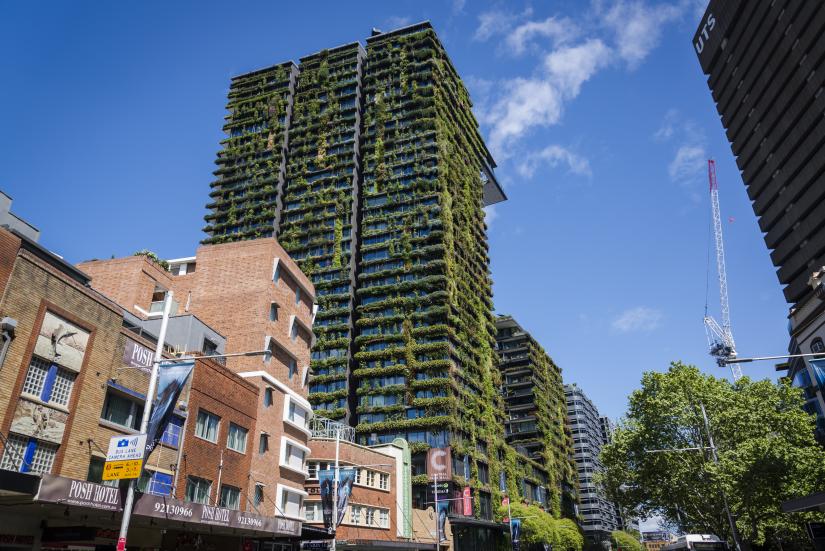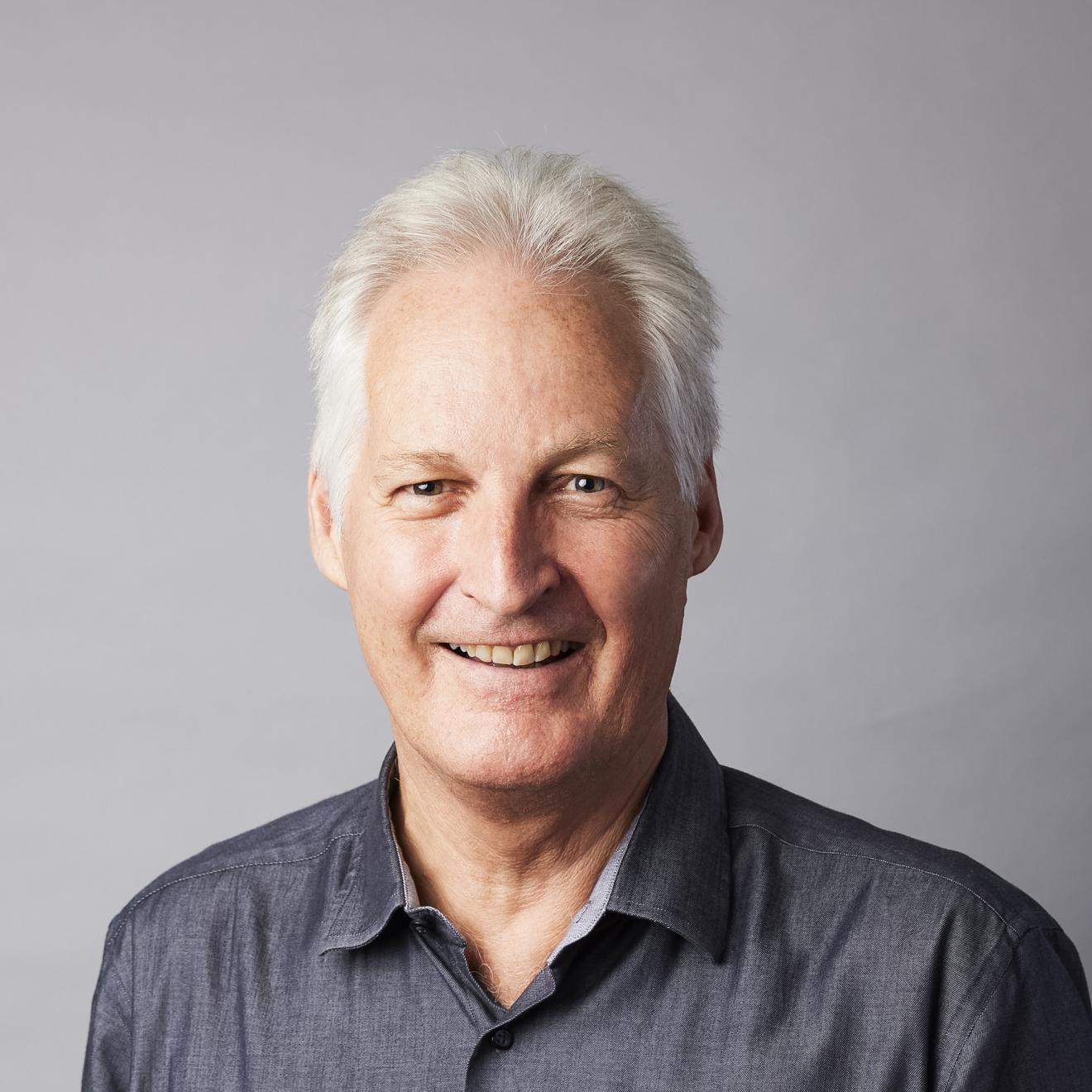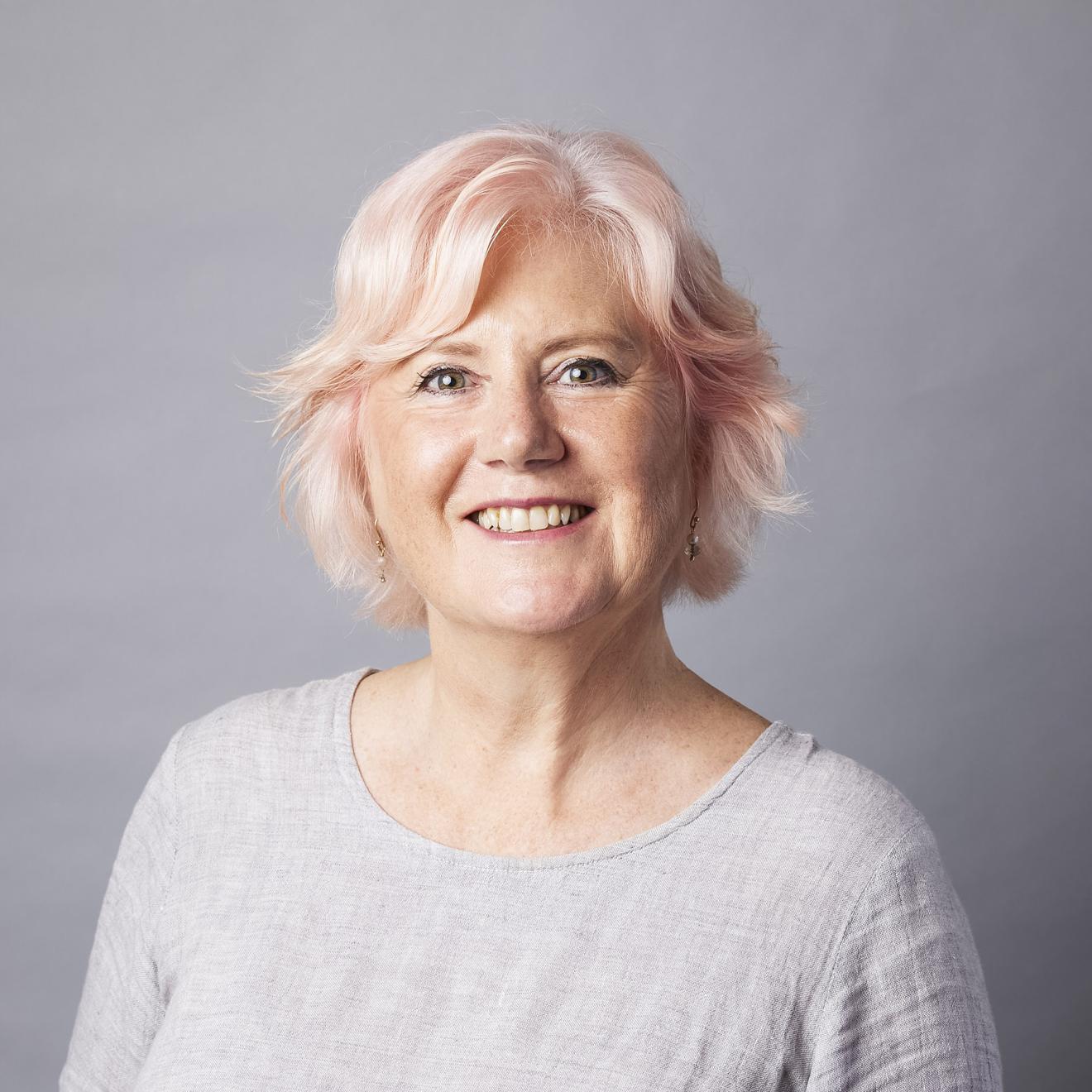Most people stop dead in their tracks the first time they see One Central Park, a major mixed-use project on the edge of central Sydney.
Judged 2014’s best tall building in the world by the Council on Tall Buildings and Urban Habitat (CTBUH), the French-Australian design – which actually includes two apartment towers – wraps the buildings in vertical green gardens and horizontal planter boxes that allow vegetation to grow up and down the towers.
There is also a giant cantilevered platform of motorised mirrors that reflects sunlight into otherwise shadowed areas of the precinct.
Built on an old brewery, One Central Park’s developers, Frasers Property and Sekisui House, recycled more than 90 per cent of the project’s demolition waste – high even by European standards – and included smart-metering and energy efficient appliances in the apartments.
What we were trying to achieve with the precinct was to make sure it had a long-term plan that would allow it to adapt to changing circumstances.
— Stuart White, Institute for Sustainable Futures
All those elements combine to create a powerful statement about the benefits of innovative green infrastructure and sustainability.
But One Central Park’s biggest sustainability measures lie elsewhere.
Hidden from public view is an ingenious water recycling factory and a low-carbon trigeneration power plant, which together have dramatically reduced the energy and water used in the buildings.
It wasn’t the first time a developer had deployed trigeneration, says Professor Stuart White, Director of the UTS Institute for Sustainable Futures (ISF), which devised the sustainability strategy for the project.
"The really innovative part of the strategy is the sewerage treatment system in the basement," says Professor White. "That is a harbinger of things to come in the built environment."
One Central Park is the most architecturally notable element of the Central Park precinct, a $2 billion mixed-use development of 11 buildings and a large public park. In 2013, it was awarded a Green Building Council of Australia 5 Star Green Star rating for design and building.
The precinct has also attracted praise, last year winning CTBUH’s overall category award for urban habitat.
ISF was involved with the development from day one, devising strategies for water, energy, transport and greening.
"Not only were we looking at energy and water use, we looked at social and cultural issues, we recommended greening of the buildings, we looked at the crossovers between water and energy use, and we recommended the project be designed with the future in mind," says Professor White. "One of the things we were trying to achieve with the precinct was to make sure it had a long-term plan that would allow it to adapt to changing circumstances, for example, catering for decreased reliance on private transport by ensuring parking spaces could be repurposed for other uses."
It also recommended designing water and energy strategies that would work across the development precinct, not just per building, and pushed for a design that made room for future opportunities, such as exporting excess recycled water and electricity to neighbouring buildings.
"The strategy was based on a business model that posed great opportunities but also some risk for the developers," says Professor White. "We recommended the infrastructure be oversized for future growth, which came to fruition when the developers began selling recycled water to UTS," he says. "The upshot was bigger wins from being ambitious at the planning stage."
Many of the strategies and technologies advocated by ISF remain ahead of their time, says ISF Research Principal Kerryn Wilmot, who wasn’t involved in the project but now leads projects in ISF’s built environment team.
"The sort of things they did that were different from the rest of the industry, and which are still not commonly done, include having sustainability front of mind for the design and construction, and pushing for targets beyond what many consultants would have had the courage to do," says Wilmot.
"It really set the agenda for the One Central Park developers to aim high and keep focused on sustainability outcomes," she says, adding that she often references One Central Park as an example of what other developers could do.
"Sometimes people know about something in theory but until somebody else builds it they don’t have the courage to do it themselves."
Sustainability
ISF’s sustainability strategy aimed to demonstrate what could be achieved in sustainable infrastructure while taking into account economic, social and environmental dimensions. The twin objectives were to make One Central Park commercially successful and environmentally sustainable.
Key initiatives included zero net carbon output and zero net potable water consumption; prioritising walking and cycling over driving (bicycle storage and amenities were provided for commercial workers and car share facilities were created for Central Park and neighbouring residents); a trigeneration power supply; and an integrated water recycling scheme.
Access to natural sunlight and ventilation in buildings was maximised and special attention paid to insulation and glazing to maximise energy efficiency. Lighting, air-conditioning and electrical appliances were all highly energy and water efficient.
Water
A decentralised recycled water system was built to recover wastewater from the precinct’s residential, commercial and retail buildings and from an adjacent public sewer, with top-up from stormwater runoff and rainwater.
The wastewater is treated to the highest Australian standards, and then used for cooling towers, irrigation, toilet flushing and washing machines.
Excess recycled water is exported across the road to UTS for toilet flushing and landscaping at the university, which is believed to be the first time such a purchase agreement has been reached to share recycled water with another nearby property owner.
Trigeneration
Trigeneration plants are twice as efficient as the coal-fired power stations that produce 80 per cent of Sydney’s electricity.
At Central Park, gas turbines produce low-carbon thermal energy, providing heating and cooling for thousands of residents and workers across the precinct, and electricity to the heritage The Old Clare Hotel and the mixed-use Brewery Yard building.
In 2016, UTS signed an agreement with Brookfield Energy Australia, which owns Central Park’s trigeneration plant, to source cooling thermal energy via chilled water through underground pipes. The supply equates to an almost three percent reduction in UTS’s greenhouse gas emissions
It really set the agenda for the One Central Park developers to aim high and keep focused on sustainability outcomes.
— Kerryn Wilmot, Institute for Sustainable Futures
A vibrant community
ISF’s sustainability strategy included public and green space and public art and cultural facilities to help create a healthy, attractive and safe place to live.
The best illustration of this philosophy is the redevelopment of Kensington Street on the eastern side of the precinct where old terrace houses and warehouses have been converted into bars, cafes, restaurants and art galleries.
Creating Central Park wasn’t easy. It involved long negotiations with numerous stakeholders, including utilities and local and state governments. The neighbouring existing residential community of Chippendale, which consists of mostly small terraced buildings, and which has a long industrial and working class heritage, was also involved in negotiations.
But both ISF and Frasers Property wanted a best-in-class development, says Professor White, "and that’s exactly what was delivered".
Researchers
-
Professor and Director, ISF
-
Research Principal
Years
2013-
Location
Sydney, Australia









